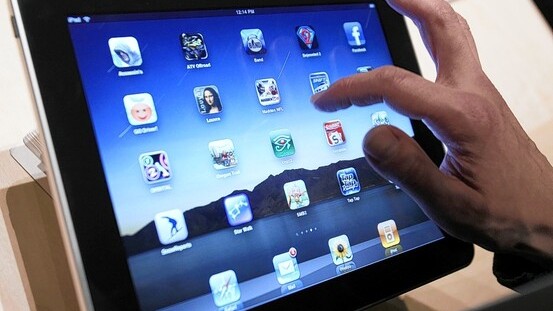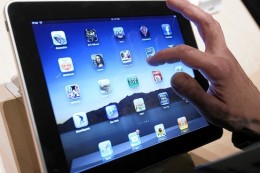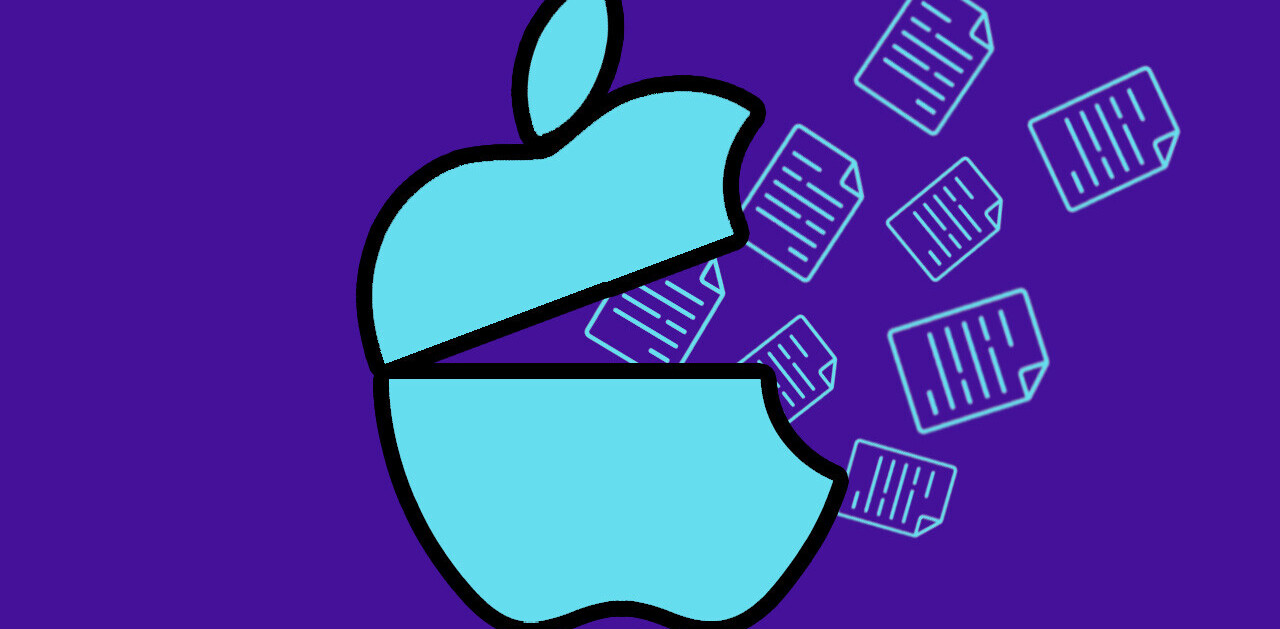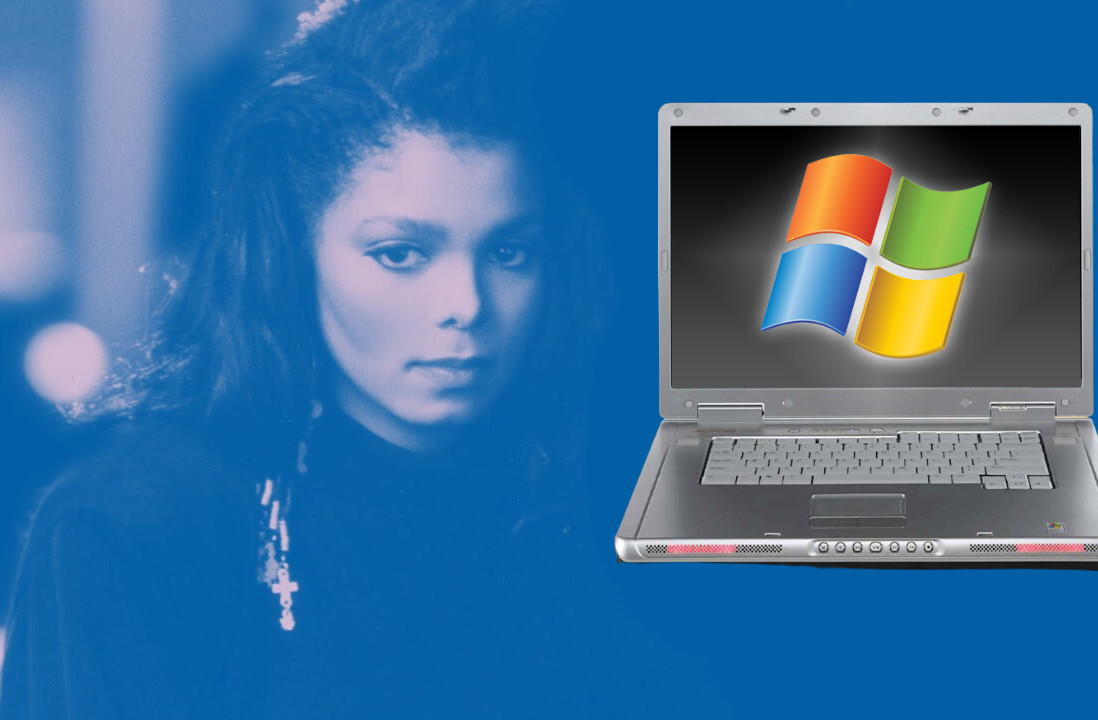
 Touchscreens provide a slick and easy way for people to interact with their devices, using their fingers to swipe, press and flick to perform certain actions.
Touchscreens provide a slick and easy way for people to interact with their devices, using their fingers to swipe, press and flick to perform certain actions.
One of the problems about using a touch screen, whether its on your phone or on a bigger device like an iPad, the glass is unresponsive, in as much that it doesn’t provide any feedback to the user whatsoever, only haptic vibrations notify you of your input.
A new technology called TeslaTouch is aiming to change all that – it’s a new touch screen technology that is developed by the Disney Research Team at Carnegie Mellon University that provides tactile feedback using what is called electrovibration. This means electrical pulses are used rather than a mechanical device to present its user with sensations of vibration and even friction.

According to an article on LiveScience, TeslaTouch will go as far as letting a user feel what the screen shows. If a user moves a file, you will be able to tell how big it is because a series of sensations including textures, friction and vibration from high voltage electrical pulses will all work together to let you know just that.
The technology could be utilised for on-screen keyboards, allowing users to feel the locations of different keys, allowing them to touch type, artists using a touchscreen to draw would be able to feel paint and the paper they were effectively drawing on to.
The Disney team’s research lead, Ivan Poupyrev explains:
“When we roll a pencil in our fingers, we can very quickly and precisely re-adjust the 3-D positions and grasping forces of our fingers by relying entirely on tactile sensation.
It also allows us to understand fine object properties where vision fails; textures and tiny surface variations can be accurately detected by touch. Touch has also strong emotional impact — running a finger into a splinter, touching a cat’s fur, or immersing fingers into unknown sticky substance all bring intense, though very different, emotional responses.”
At its current state, TeslaTouch only works when a sliding finger is registered and does not currently work with with multi-touch, meaning it won’t be incorporated into a smartphone just yet.
That isn’t going to stop the team though, plans are underway to develop TeslaTouch to work on smartphones and tablets. They will be presenting the technology at CES 2011, hopefully we will get to try it out for ourselves.
Get the TNW newsletter
Get the most important tech news in your inbox each week.





